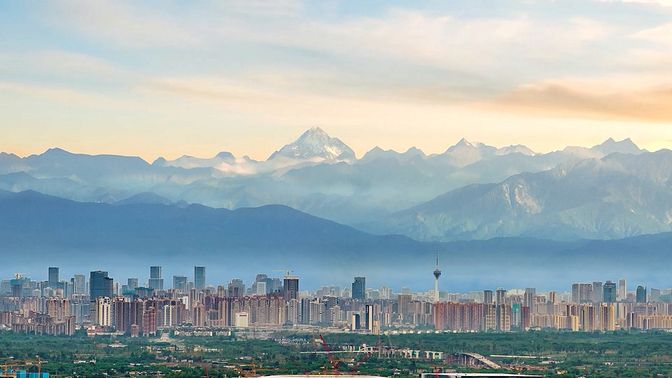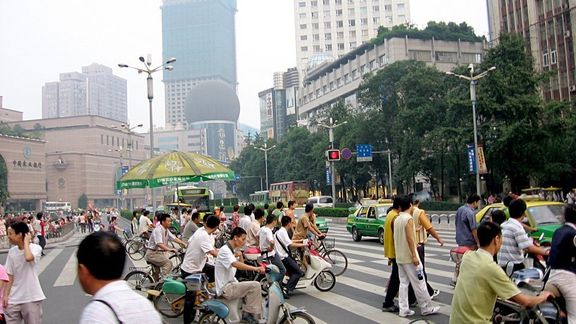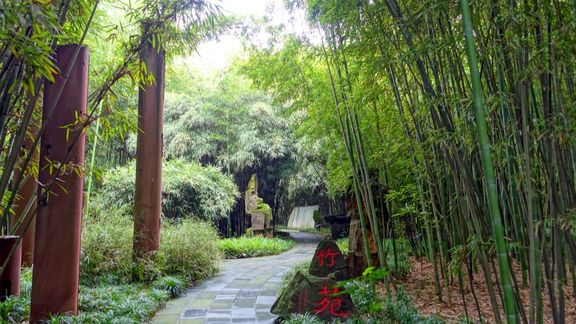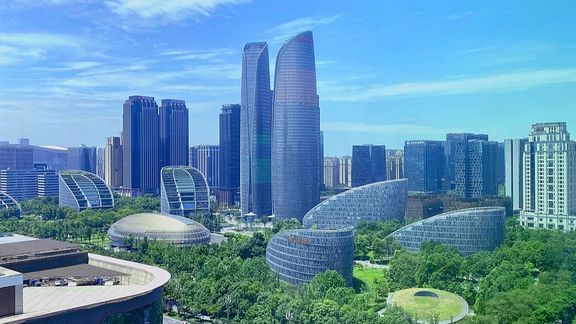Chengdu and Sichuan: A Journey Through Time, Flavor, and Culture
Exploring the heart of Sichuan
Ad
Chengdu and Sichuan: A Journey Through Time, Flavor, and Culture
Chengdu, the capital of Sichuan Province, isn’t just a city—it’s a way of life. With a history dating back to 367 BCE, it has grown into a bustling metropolis of over 20 million people. But beyond its skyscrapers and modern energy, Chengdu remains a place where tradition and innovation blend seamlessly, offering a glimpse into the heart of Sichuan.
Sichuan: The Land of Abundance
Sichuan is often called the "Land of Abundance" (天府之国), and for good reason. Its rich land, fed by the Min River, has sustained civilizations for thousands of years. One of its greatest achievements is the Dujiangyan Irrigation System, built over 2,000 years ago by Li Bing and his son. This ingenious no-dam system tamed floods and made the region a powerhouse of agriculture—a legacy of creativity that still defines Sichuan today.
A City That Loves to Relax
Life in Chengdu moves at its own pace—relaxed, easygoing, and full of joy. The city’s teahouses are legendary, where locals sip fragrant tea, play mahjong, and chat for hours. This laid-back attitude is summed up in the local term "巴适" (bāshì), meaning comfortable, just right. It’s a city that knows how to enjoy life.
And when it comes to food, Chengdu is paradise! Sichuan cuisine is famous worldwide for its bold flavors, fiery spices, and mouth-numbing Sichuan peppercorns. Whether it’s the sizzling delight of mapo tofu, the sweet-and-spicy kick of kung pao chicken, or the ultimate social feast—Sichuan hotpot—eating here isn’t just about food; it’s about connection, warmth, and celebration.
A City of Poets, Thinkers, and Innovators
For centuries, Chengdu has been a hub of culture and creativity. The great Tang Dynasty poets Du Fu and Li Bai found inspiration in its serene landscapes. Du Fu’s Thatched Cottage, now a museum, offers a peek into the poetic past. Meanwhile, legends like Zhuge Liang and Liu Bei, honored at Wuhou Shrine, shaped the city’s role in history as a center of wisdom and strategy.
During the Song Dynasty, Chengdu was famous for its silk brocade, admired by scholars like Su Dongpo. The city also made history by introducing the world’s first paper money—a symbol of its forward-thinking nature that continues today in its booming tech industry.
Nature, Spirituality, and Pandas!
Sichuan’s breathtaking nature is as much a part of its identity as its culture. The Leshan Giant Buddha, carved into a cliffside overlooking three rivers, is a wonder of ancient engineering and spirituality. Nearby, the misty peaks of Mount Qingcheng, a Taoist sacred site, offer a peaceful retreat from city life.
And of course, we can’t forget the pandas! The Chengdu Research Base of Giant Panda Breeding is a must-visit, where these adorable black-and-white icons roam and play. Sichuan is their natural home, making them the province’s most beloved symbol.
The Changing Colors of Chengdu
Chengdu’s city flower, the hibiscus mutabilis, is a perfect metaphor for the city itself. Changing colors throughout the day, it reflects Chengdu’s resilience and ability to reinvent itself while staying true to its roots. Whether in ancient times or today, the city continues to thrive, adapt, and inspire.
More Than a Destination—A Way of Life
To truly understand Chengdu, you have to experience its everyday moments. Walk through the morning markets, where vendors sell fresh produce and fragrant spices. Sit in a teahouse and watch the world slow down. Gather around a bubbling hotpot, sharing laughter and stories with friends.
Chengdu isn’t just a place to visit—it’s a place to live, even if only for a short while. Here, history and modernity dance together, tradition and innovation coexist, and life is meant to be savored. To know Chengdu is to understand the magic of Sichuan—a land of abundance, a heart of culture, and a lifestyle that embraces the simple joys of being.






